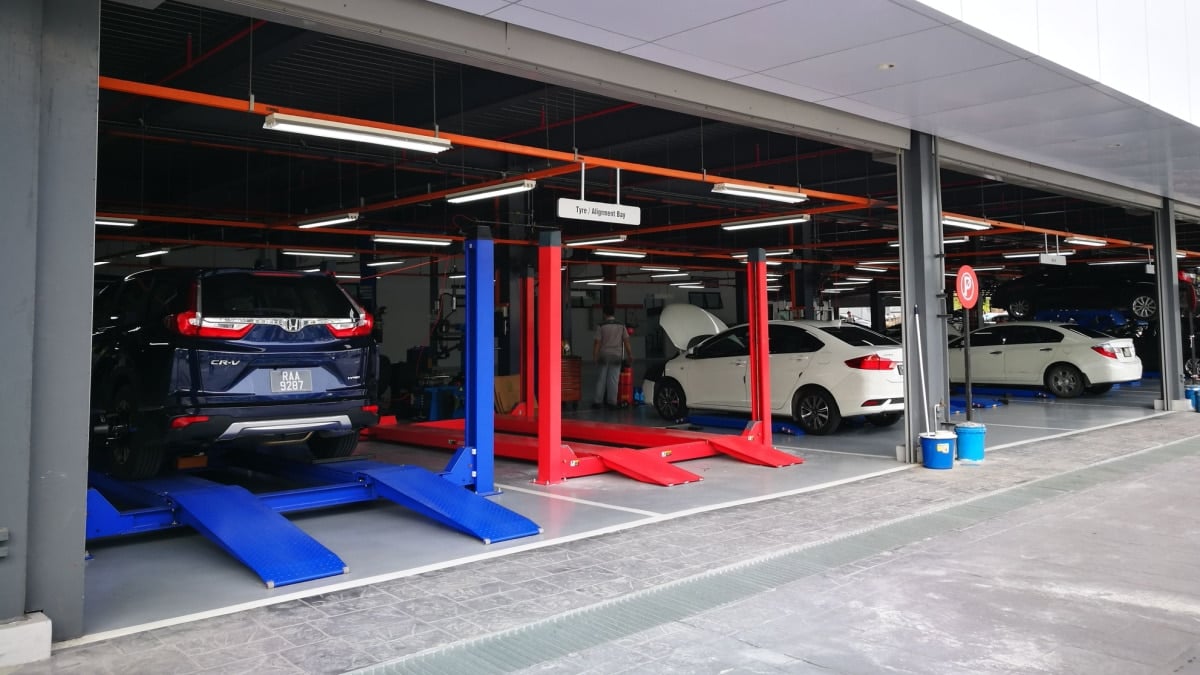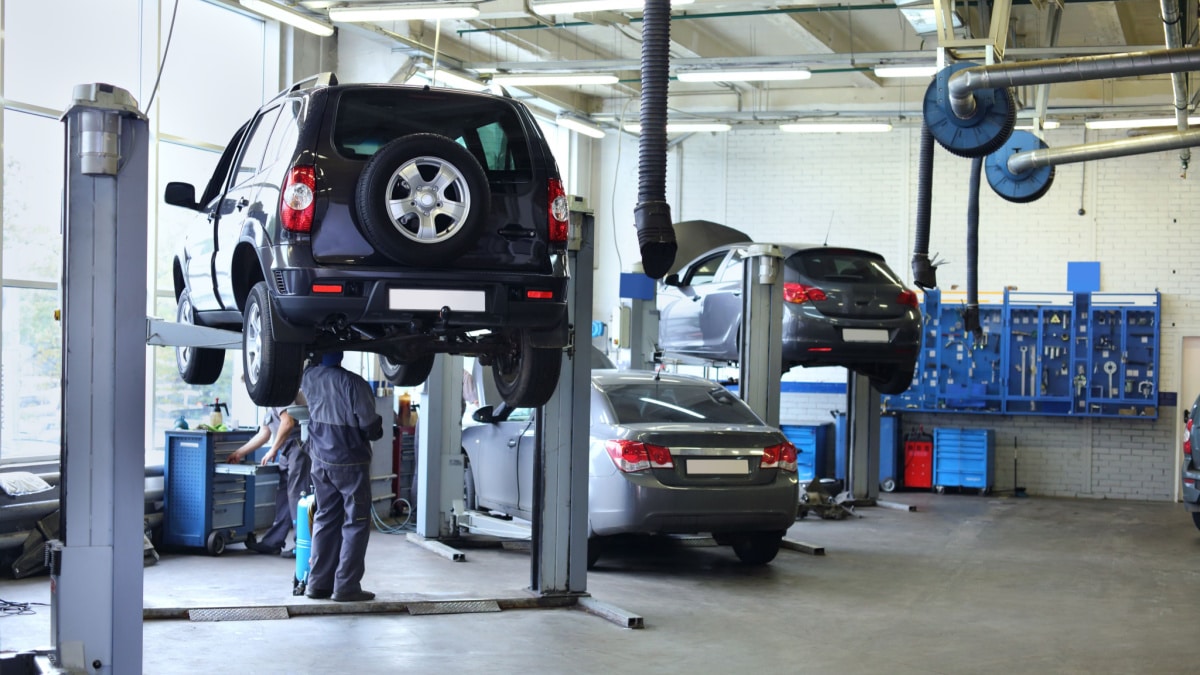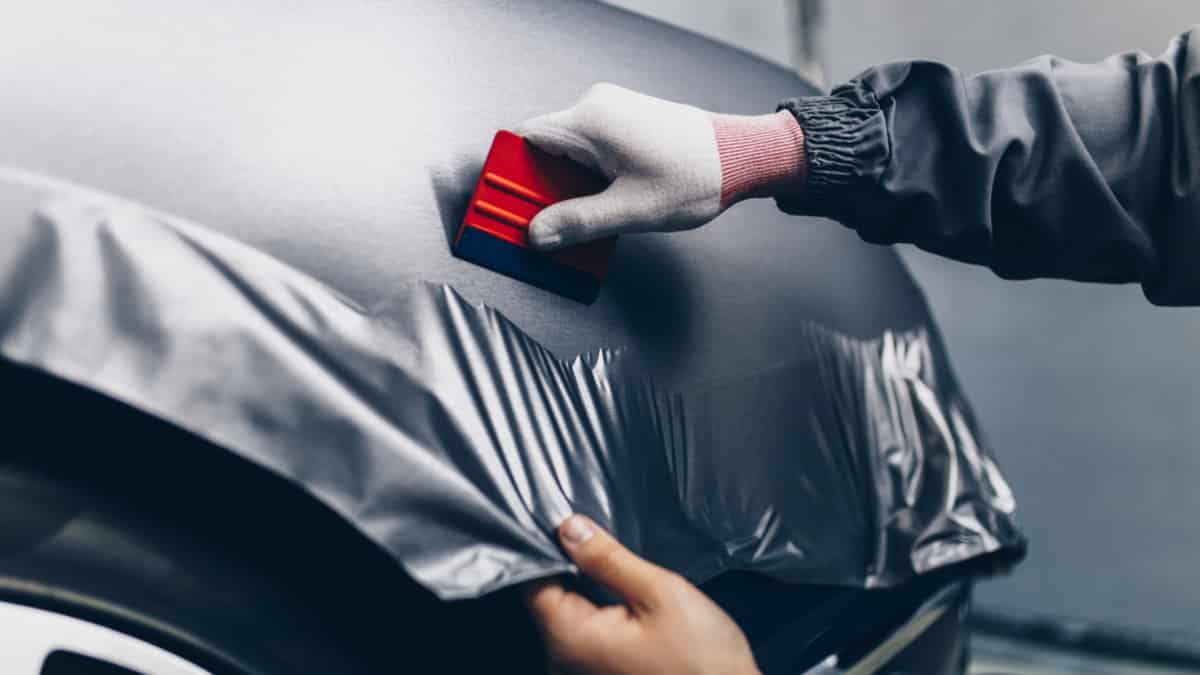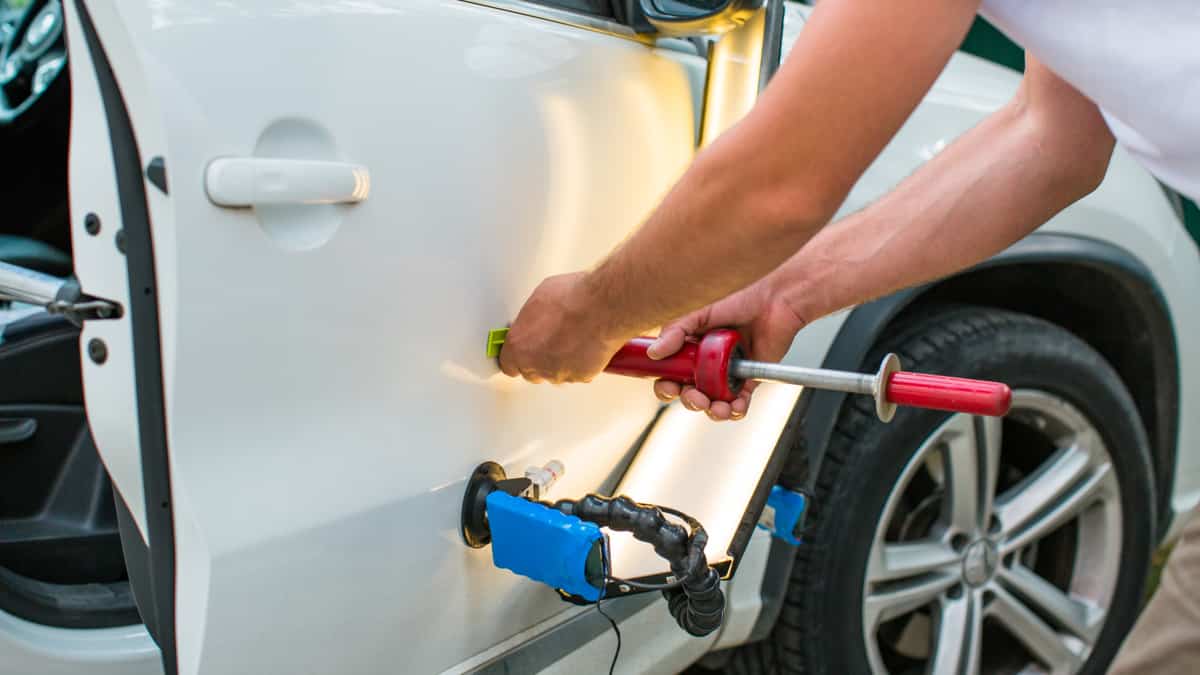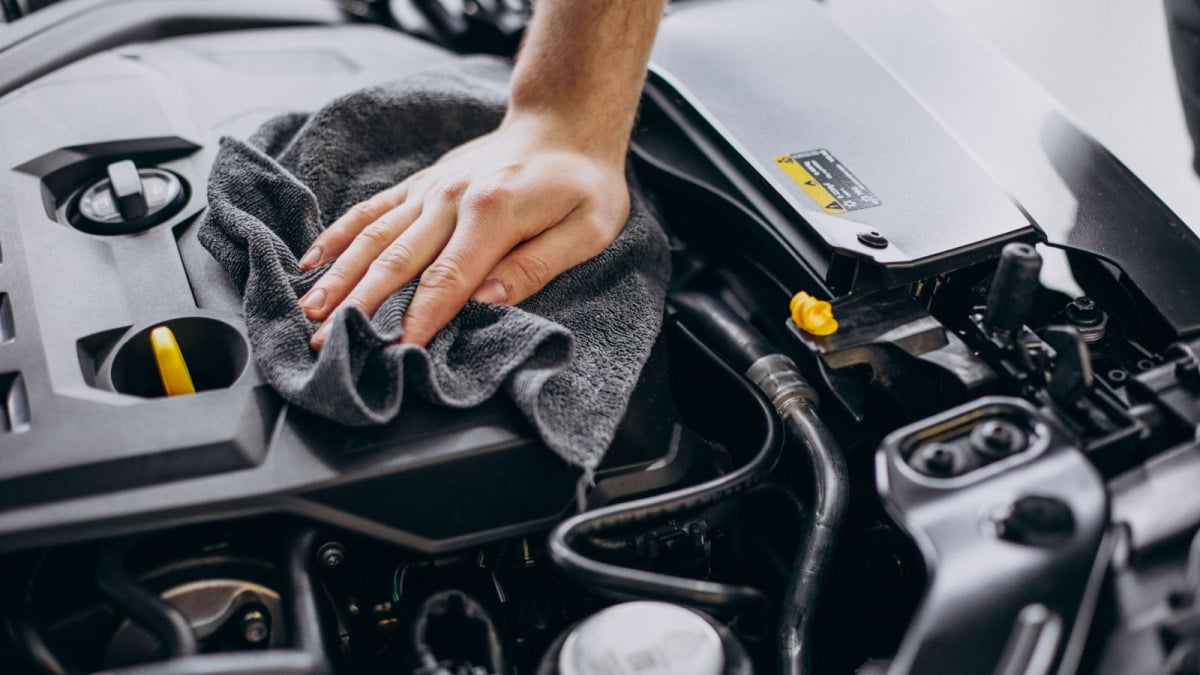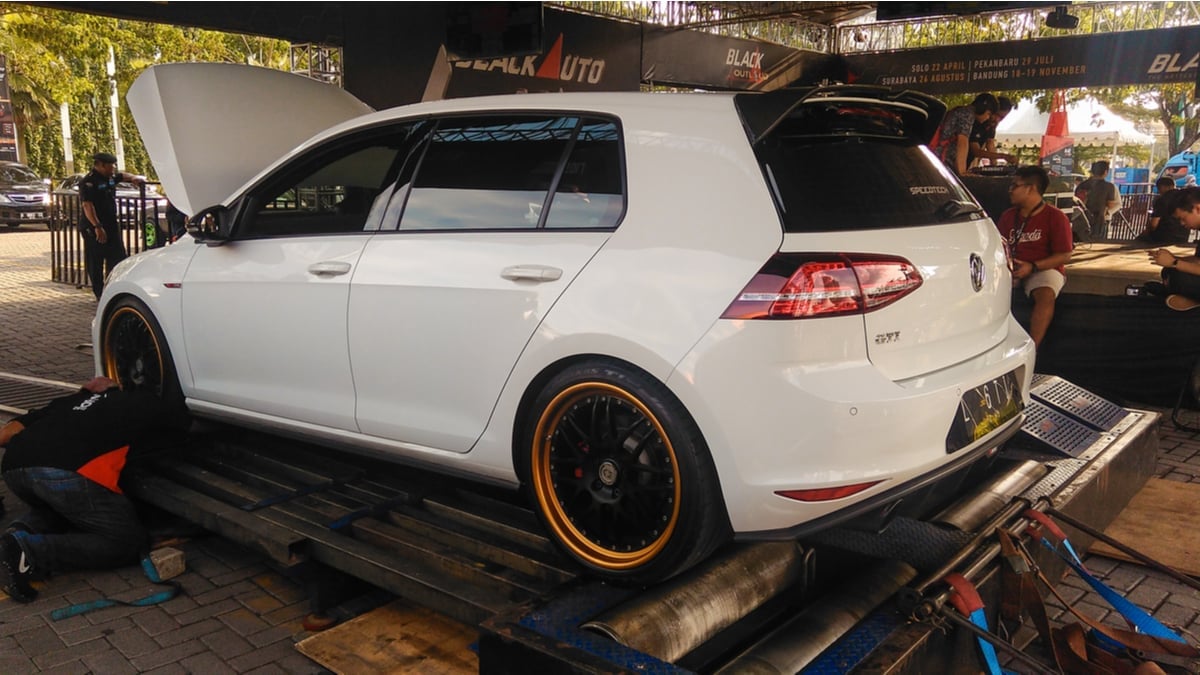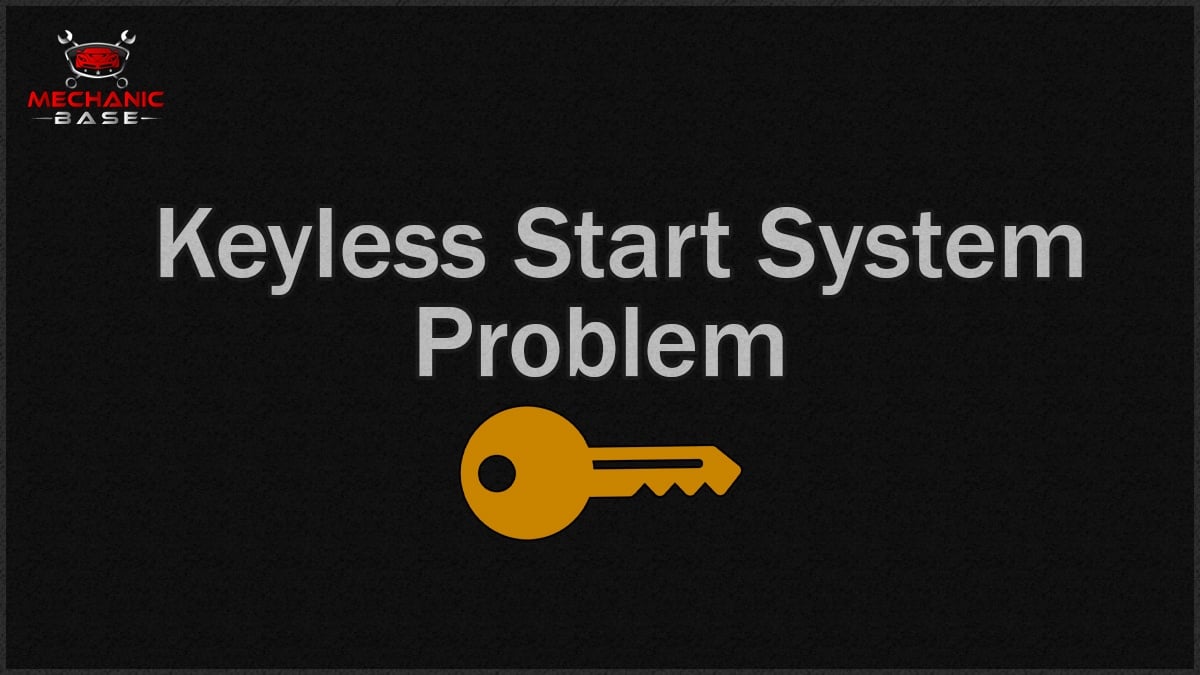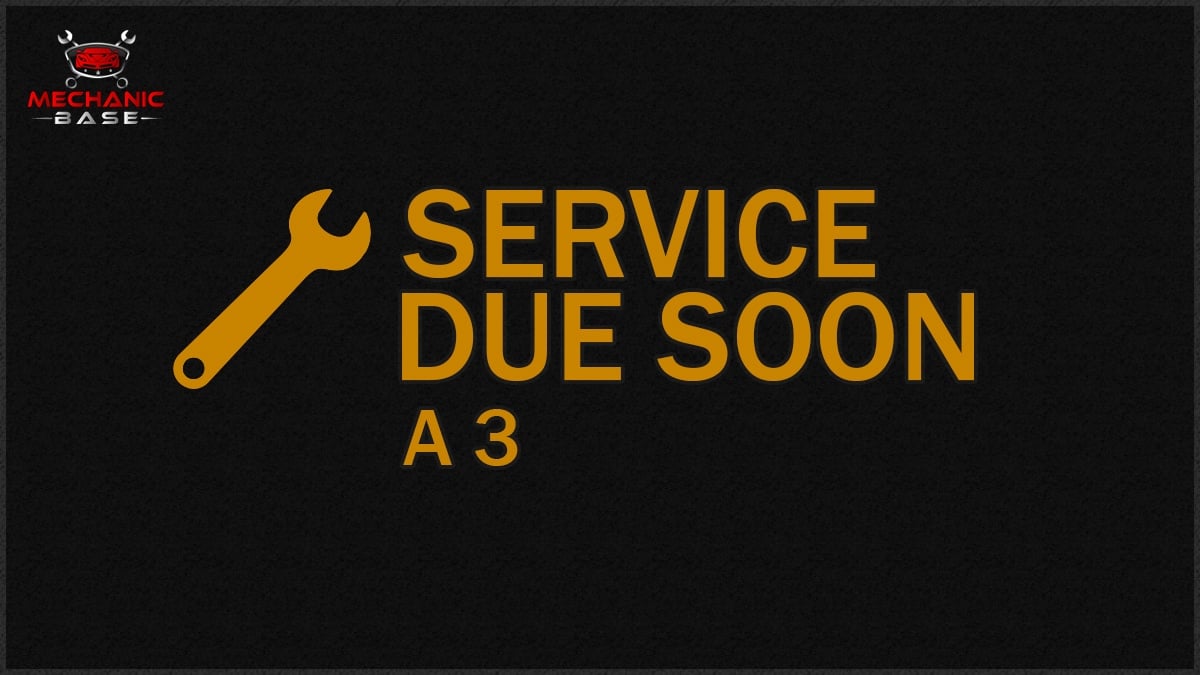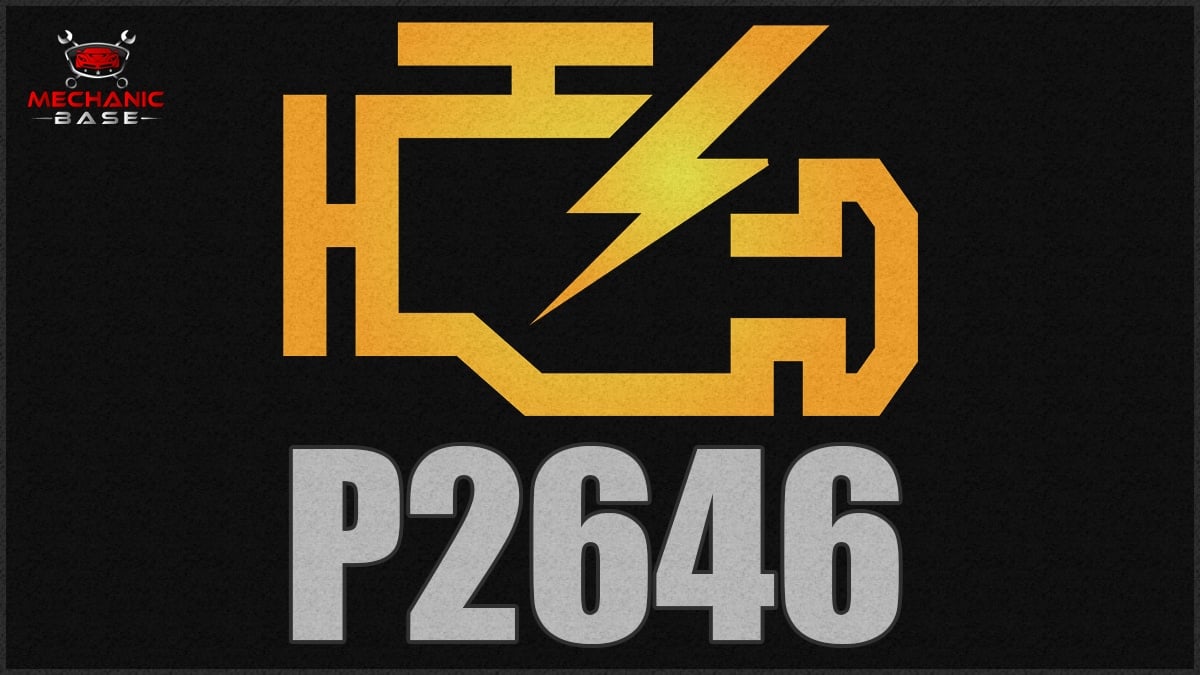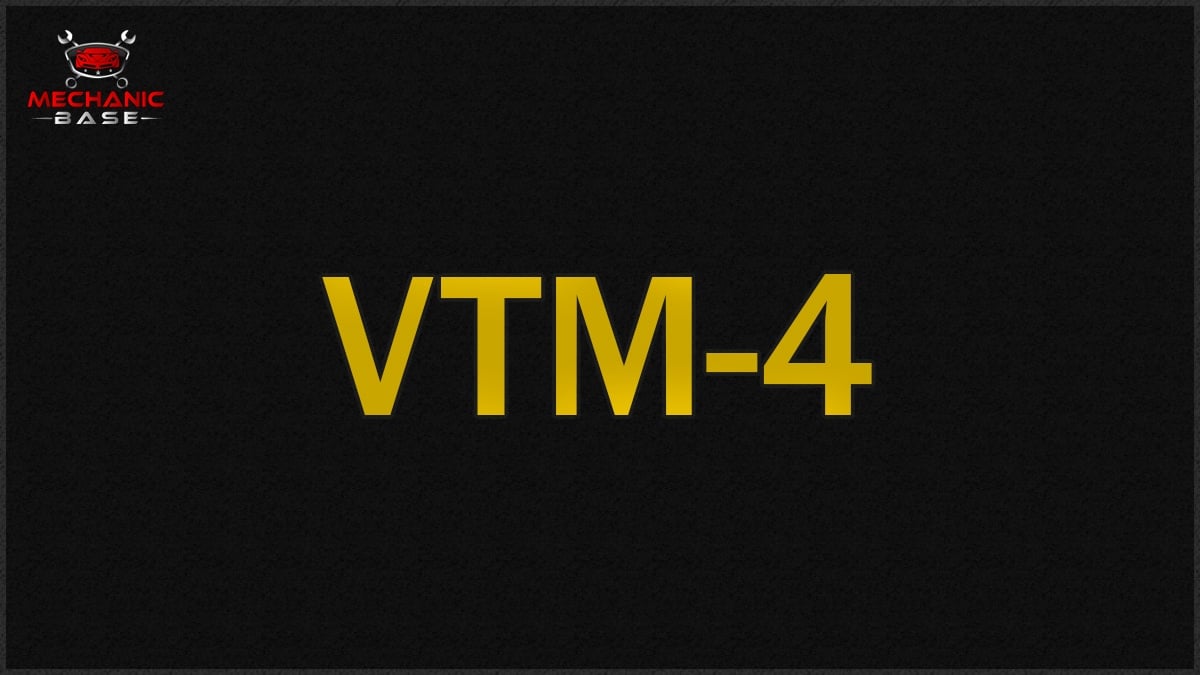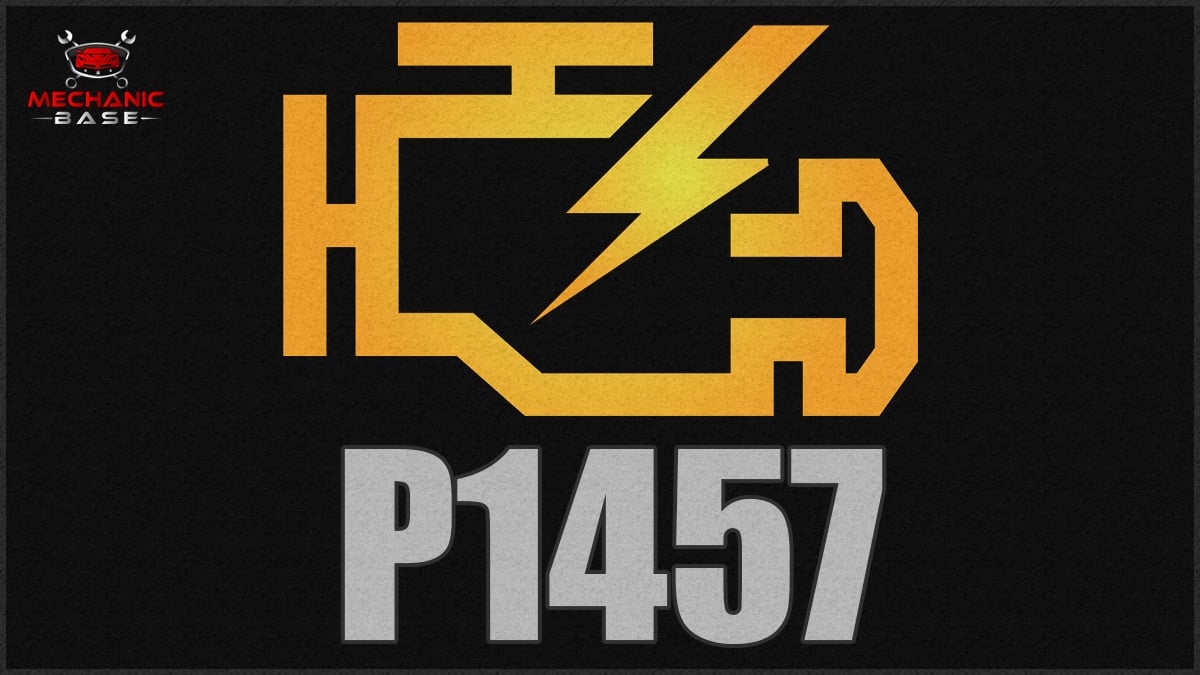Everyone knows how important regular maintenance is to a vehicle and its lifespan. Whether it’s a simple oil change or getting the spark plugs replaced, it’s vital that you maintain your Honda for its best performance. So, how much does a Honda tune-up cost, and how often should you have it done?
In this guide, we answer your top questions. We look at the cost and frequency involved with Honda tune-ups. We also point out a few signs that you should watch for, indicating that a tune-up might be needed.
How Much Does a Tune-Up On A Honda Cost?
Most Honda tune-ups cost between $150 and $500, on average. However, there are exceptions. As an example, an oil change on a Honda Accord may only cost $50. Yet, a complete tune-up on a Honda Ridgeline or Pilot could cost you more than $500. That’s why you should always budget ahead of time.
We recommend getting several quotes for your Honda maintenance. Better yet, you could learn to perform some of the services yourself to save money. Many of the tasks that are recommended aren’t that difficult to perform with some basic mechanical knowledge.
What Does a Honda Tune-Up Include?
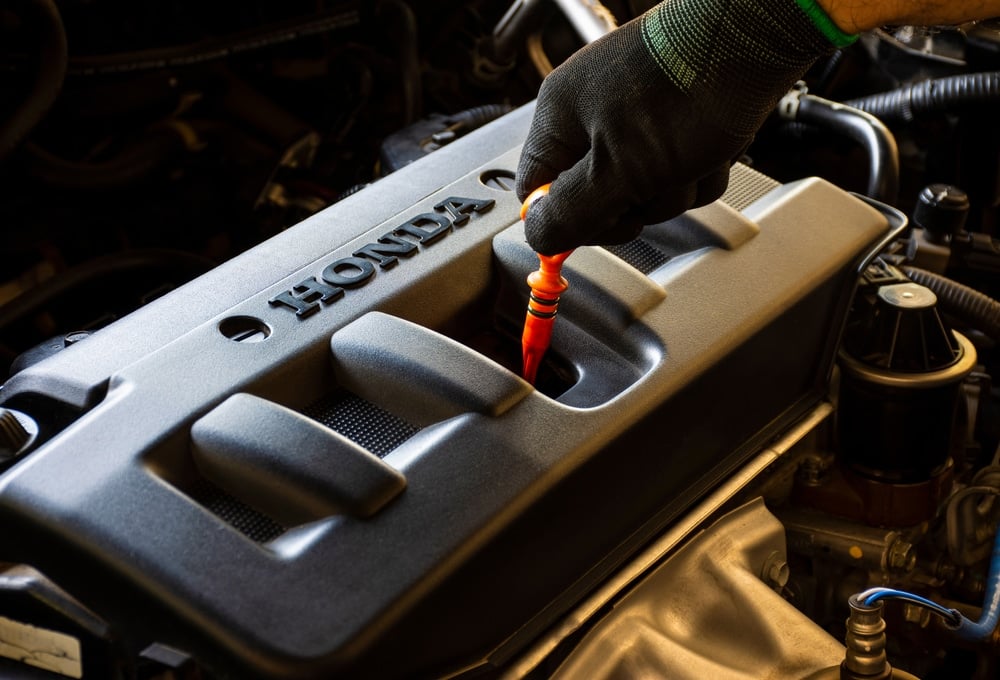
Your Honda requires certain types of maintenance at different intervals. It’s unlikely that it needs the same thing every time maintenance is due, other than the engine oil and filter change or a tire rotation. With that said, your tune-up may include some or all of the following services.
- Engine oil and filter change
- Tire rotation
- Brake inspection or replacement
- Spark plug inspection or replacement
- Engine air filter replacement
- Cabin air filter replacement
- Inspection of belts and hoses
- Fluid inspection
- Exhaust emissions check
- Battery inspection
- Brake fluid flush
- Transmission fluid change
- Coolant change
- Suspension system check
If the Check Engine Light is also on when your tune-up occurs, the technician may scan the codes to see what’s going on. If you want to repair the fault yourself, take a look at our online trouble code library.
How Often Do Hondas Need Tune-Ups?
The Honda maintenance schedule can differ between car models, especially older ones. For that reason, it’s best to follow the information listed in your owner’s manual. As a general guideline, here are some of the most popular intervals.
- Oil and filter replacement: Every 7,500 miles or 12 months
- Tire rotation: Every 7,500 miles or 12 months
- Brake inspection: Every 15,000 miles or 24 months
- Multi-point inspection of major systems: Every 15,000 miles or 24 months
- Engine air filter replacement: Every 30,000 miles or 48 months
- Spark plug replacement: Every 30,000 miles or 48 months
- Drive belt inspection: Every 30,000 miles or 48 months
- Engine coolant replacement: At 45,000 miles and every 30,000 miles thereafter
- Brake fluid replacement: Every 45,000 miles
These recommended maintenance services stack on top of one another. For example, if your Honda vehicle has 15,000 miles on the odometer, you will need to have everything performed from the 7,500-mile service as well as the 15,000-mile service. That’s how the cost starts to add up, especially as the car gets older and more services are performed at once.
What Are The Signs That My Honda Needs A Tune-Up?
If you’ve neglected regular maintenance on your Honda, you may notice some of these warning signs. Once these begin, you want to have the vehicle serviced right away before larger problems occur.
1. Dashboard Warning Lights

Your car has several dashboard warning lights that are designed to tell you when something is wrong. If the Check Engine Light, low oil pressure light or any other warning shows up on the dash, you should have the car serviced.
Additionally, if the Check Engine Light starts flashing, you need to stop driving immediately. This warning indicates a serious failure that could lead to severe engine damage, so don’t take any chances.
RELATED: Honda Wrench Light: Meaning, Causes & Fixes
2. Strange Noises
If you’ve been driving your car for any amount of time, you know what it sounds like. At the first sign of a new or strange sound, you should have the vehicle looked at.
Take note of where the sound is coming from and what it resembles. The mechanic will want to know this information. It’s always helpful when a driver knows exactly what’s going on and can explain it clearly.
3. Engine Performance Issues
When a car needs a tune-up, the engine starts to run roughly. You may just notice a little hesitation at first, but it can quickly become worse.
Eventually, the car is going to stall or misfire. You could also have trouble getting the engine restarted once it stalls.
4. Reduced Fuel Economy

It’s not always easy to tell when you are using more fuel, but it’s important to pay attention to. By calculating fuel economy on a regular basis, you’ll know when something’s wrong, sometimes before any other symptoms are present.
When everything is running as it should, you should be able to get close to the EPA-estimated fuel economy numbers for your vehicle. Any significant dip tells you that the engine isn’t running at its best.
5. Maintenance Minder
Some Honda vehicles are equipped with a maintenance minder function. After driving so many miles, the indicator will display, telling you it’s time for service.
It can also indicate what type of service is needed with a letter code. You can find more information about this system in your owner’s manual if it’s equipped with the technology.
Factors Affecting The Honda Tune-Up Cost
It’s hard to estimate the total cost for a Honda tune-up because there are so many variables involved. Here are a few that can drastically change the price.
1. Type of Tune-Up
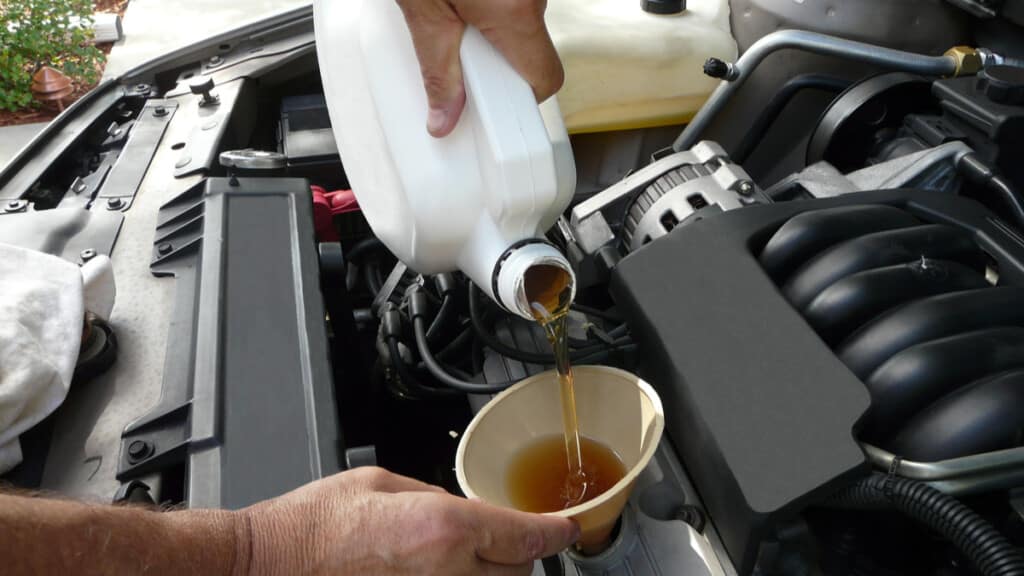
Based on the information we provided above, you see that there are many different types of tune-ups. If you only need to get an oil and filter change or a tire rotation, you aren’t going to spend a lot of money.
However, if your Honda is old and has a lot of miles on the odometer, you could need multiple costly services. Having fluids changed and spark plugs replaced will quickly add money to the bill.
2. Honda Model
Some vehicles are naturally easier to work on than others. For example, a four-cylinder is often easier to service than a V6. If you have a mechanic work on it, the harder cars are going to cost more.
Additionally, the parts needed for your vehicle can change the price. A compact car may only cost a small amount for the parts, while the larger SUV could have more expensive components involved.
3. OEM vs. Aftermarket Parts
While we discuss parts, it’s important to touch on OEM vs. aftermarket. The OEM part is designed by Honda and is a replica of what was on the car when it came from the factory. Naturally, these parts cost more, but you also know how they perform. If you visit a dealership, they will use OEM parts.
Aftermarket parts are easy to find and can often save some money. However, these aren’t built by Honda, so they may or may not be as reliable. It’s important to research the company before choosing to use aftermarket parts.
4. Labor Costs
Mechanic labor rates per hour depend on several factors, as well. The location and type of shop are going to affect the price.
Additionally, the skill level of the technician makes a difference. You shouldn’t pay as much to have Bob down the street work on your car as you would if you visited a dealership.
What happens if I don’t get a tune-up?
If you don’t change the oil in the car, it will become contaminated and turn into sludge. Once it can’t protect the motor, engine damage will occur. If other maintenance tasks aren’t performed, you’ll also see a decrease in the engine’s longevity. Other parts can also fail, leading to higher repair bills.
How do you know if your Honda needs a tune-up?
You should always follow the recommended maintenance schedule for your Honda vehicle. It can be found online or in the owner’s manual. Otherwise, if you notice strange sounds, have trouble with the engine performance, see a drop in fuel economy or a dashboard light comes on, you should have it checked.
What is considered a full tune-up?
A full tune-up combines many of the smaller tasks into one appointment. For example, it could involve the oil and filter change, along with spark plug replacement, fluid changes and more. During this visit, the major car systems will also be inspected for wear, so problems can be dealt with promptly.
How often does Honda recommend replacing the spark plugs?
For most Honda vehicles, the spark plugs should be changed every 30,000 miles or 48 months, whichever comes first. However, it’s important to check your owner’s manual to be sure you are following the recommendation for your particular model.
Does a tune-up make your car run better?
Yes, when you have the oil changed and filters replaced, the car is going to run better. Additionally, if the spark plugs are worn or other parts need to be changed, you might notice a difference in the performance, especially if the car is overdue for a tune-up.
If you follow the recommended maintenance schedule for your Honda vehicle, you can expect the engine to last longer. Look at maintenance as an insurance policy, keeping you from having to pay higher repair bills.
Maintenance only takes a small amount of time, but it can pay off in big ways. If you want to protect the car and keep it running, you’ll not only follow the recommendations but also have any problems looked at as soon as they arise.
Learn more:
- How Much Does A Tune-Up Cost For A Car?
- How Much Does A Car Service Cost?
- What Does a Full Car Service Include?
Tags: Honda
Categories: Estimator, Maintenance
